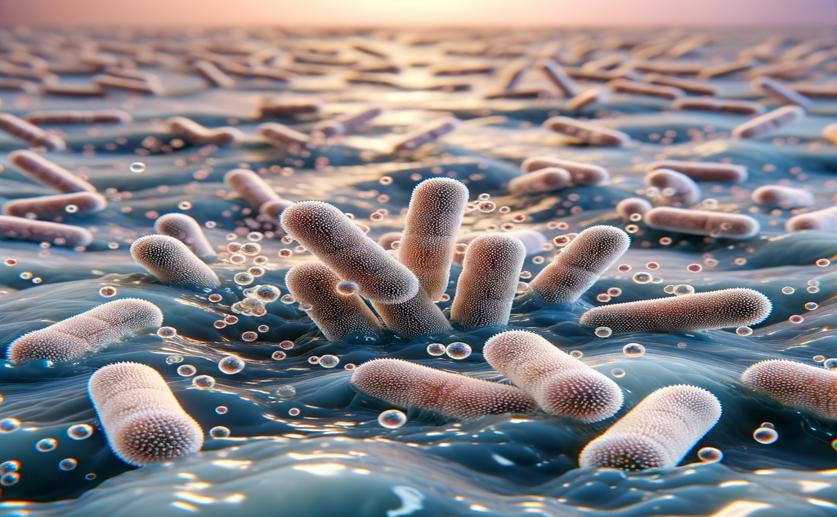
Combating E. coli with Combined Antibiotics in Water and Surfaces
Jenn Hoskins
25th March, 2024

Image Source: Natural Science News, 2024
Key Findings
- In Russia, a study found that combining lantibiotics with polymyxins fights E. coli better
- This combo reduces E. coli in biofilms by up to tenfold, making infections easier to treat
- The treatment damages E. coli's protective biofilm and leads to bacterial cell death
References
Main Study
1) Suppression of planktonic and biofilm of Escherichia coli by the synergistic lantibiotics-polymyxins combinations.
Published 23rd March, 2024
https://doi.org/10.1007/s00203-024-03922-8
Related Studies
2) Synergy by Perturbing the Gram-Negative Outer Membrane: Opening the Door for Gram-Positive Specific Antibiotics.
3) Synergistic Inhibitory Effect of Polymyxin B in Combination with Ceftazidime against Robust Biofilm Formed by Acinetobacter baumannii with Genetic Deficiency in AbaI/AbaR Quorum Sensing.
4) Integrated metabolomic and transcriptomic analyses of the synergistic effect of polymyxin-rifampicin combination against Pseudomonas aeruginosa.



 26th February, 2024 | Jenn Hoskins
26th February, 2024 | Jenn Hoskins